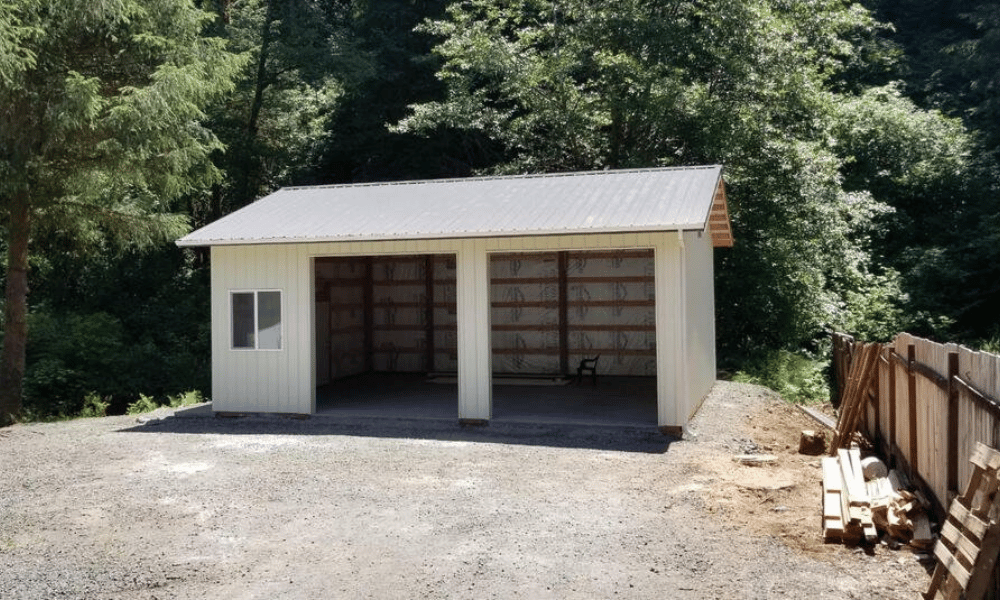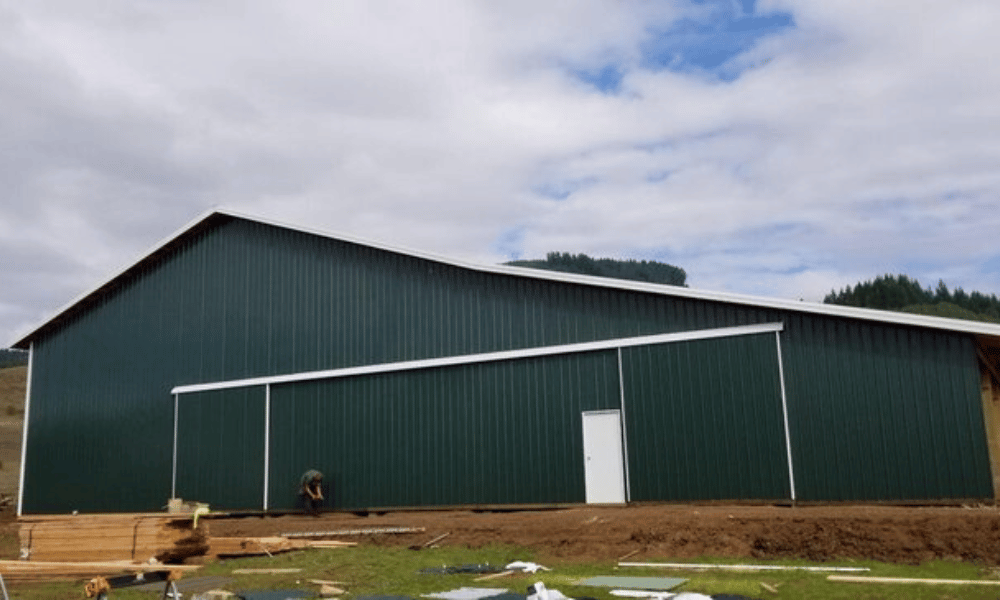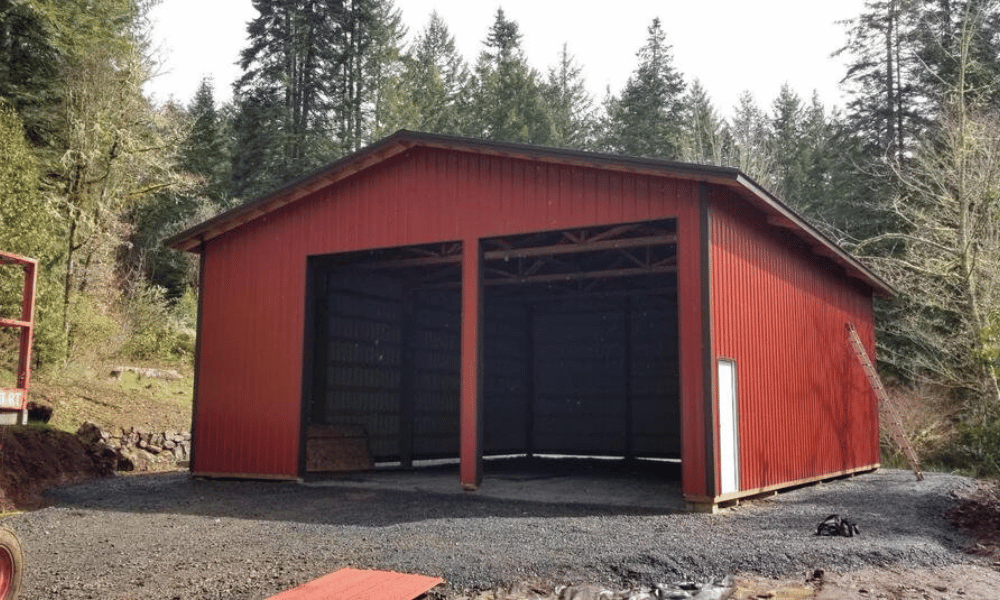Introduction
When it comes to maintaining a successful agricultural operation, the flooring of livestock and equipment storage areas is often overlooked. However, investing in innovative flooring options can significantly improve not only the longevity of your buildings but also the health and productivity of your livestock. In this article, we will explore various flooring materials suitable for pole buildings, providing insights into their advantages, disadvantages, maintenance requirements, and long-term benefits.
From rubber and concrete to wood and specialized composites, the options are vast. Each type of flooring has unique characteristics that can cater to different needs based on the type of livestock or equipment being stored. So, buckle up as we delve deep into innovative flooring options for livestock and equipment storage areas.
Innovative Flooring Options for Livestock and Equipment Storage Areas
Advantages of Quality Flooring in Pole Buildings
Investing in durable flooring not only ensures safety but also enhances operational efficiency. Here are some notable advantages:
- Improved Hygiene: Quality flooring materials are easier to clean, which is crucial for maintaining animal health. Reduced Slips and Falls: Anti-slip surfaces can prevent accidents. Enhanced Durability: High-quality materials withstand wear and tear over time. Better Insulation: Certain materials provide better insulation against temperature changes.
Types of Flooring Materials for Livestock Areas
1. Concrete Flooring
Concrete is perhaps the most common choice for livestock facilities due to its durability.
- Durability: Concrete can handle heavy loads without cracking. Hygiene: It’s easy to clean; however, it may require sealing to prevent moisture absorption. Cost-Effective: While initial costs might be high, longevity makes it economical in the long run.
Disadvantages
- Cold surfaces can lead to discomfort for animals. Potential for slip hazards if not textured properly.
2. Rubber Flooring
Rubber flooring offers excellent cushioning which is beneficial in livestock handling.
- Comfort: Provides a softer surface that reduces stress on animal joints. Slip Resistance: Excellent grip even when wet.
Disadvantages
- Can be more expensive than other options. May degrade over time with exposure to certain chemicals.
3. Wood Flooring
Wooden floors bring warmth but come with specific considerations.
- Aesthetic Appeal: Visually pleasing but often requires more maintenance.
Disadvantages
- Prone to rot or decay if not treated properly. Higher maintenance costs compared to concrete or rubber.
4. Composite Flooring
Composite materials combine various elements to offer unique benefits.


- Versatility: Available in multiple designs suitable for various applications.
Disadvantages
- Can be pricier than traditional materials like concrete or wood.
Choosing the Right Flooring Based on Livestock Type
Considerations by Species
Different species have varying needs when it comes to flooring:
Cattle
Cattle require robust surfaces that provide good traction without being too hard on their joints.
Pigs
Pigs benefit from soft surfaces that reduce stress during movement while allowing easy cleaning.

Poultry
For poultry operations, slip-resistant surfaces that are easy to clean and maintain hygiene are paramount.
Maintenance Needs of Various Flooring Types
Regular Maintenance Tips
Regardless of the material chosen, regular upkeep is essential:
Routine Cleaning: Use appropriate cleaning agents based on the material type. Check for Damage: Regularly inspect floors for cracks or signs of wear. Sealing When Necessary: For concrete especially, periodic sealing can prolong lifespan.FAQs about Innovative Flooring Options
1. What is the best flooring option for pole buildings?
The best option varies based on specific needs but concrete offers durability while rubber provides comfort.
2. How do I maintain concrete floors in livestock areas?
Regular cleaning with appropriate agents and sealing every few years will keep your concrete floors in good shape.
3. Are rubber floors worth the investment?
Absolutely! They provide comfort for animals and are safer underfoot compared to harder surfaces.
4. Can I use wood flooring in my pole building?
Yes, but ensure proper treatment against rot and decay due to moisture exposure.
5. What factors should I consider when choosing flooring?
Consider your livestock type, maintenance capabilities, budget constraints, and durability requirements.
6. Is composite flooring suitable for all types of livestock?
While versatile, always check if specific composites meet your needs concerning hygiene and safety standards.
Conclusion
In conclusion, selecting the right flooring option is critical in enhancing both functionality and comfort within livestock and equipment storage areas. Whether you opt for durable concrete or cushioned rubber floors depends on numerous factors including animal welfare considerations, ease of maintenance, cost-effectiveness over time, and suitability per species housed within your pole buildings. By carefully evaluating each option's strengths and weaknesses while aligning them with your operational goals—you're bound to create an environment conducive not only for effective management but also promoting animal health and productivity!
As you ponder over these https://zenwriting.net/meggurdkid/creating-a-functional-mudroom-area-in-your-pole-barn innovative flooring options for livestock and equipment storage areas—remember that thoughtful choices today will yield fruitful results tomorrow!